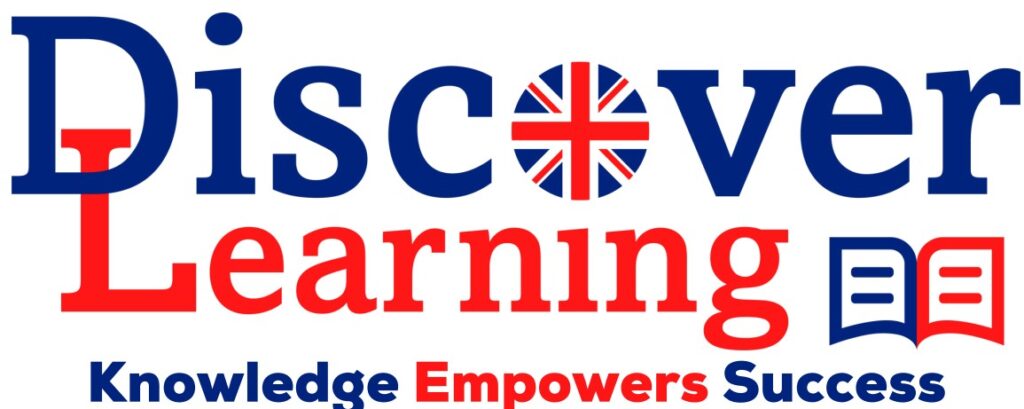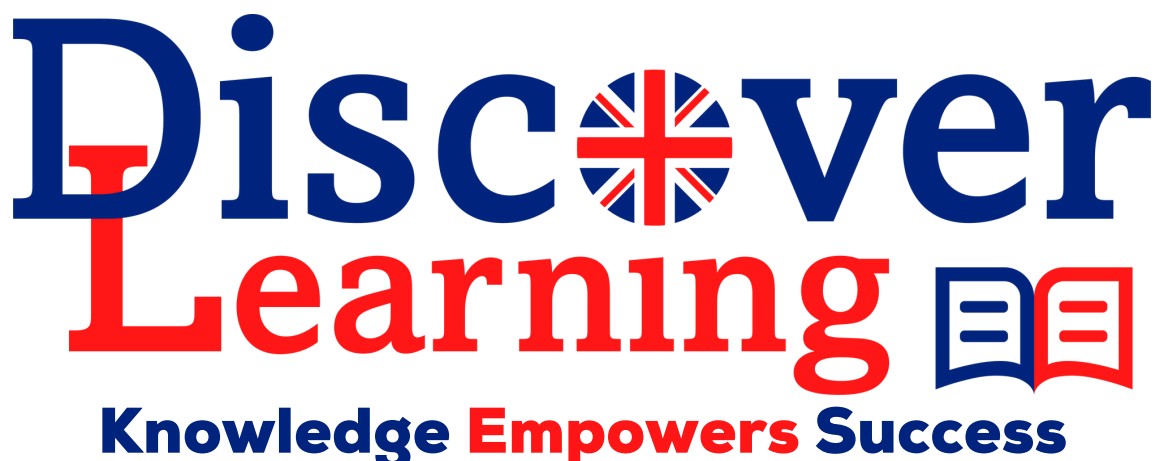Every child learns differently and understanding your child’s learning styles will allow you to help them study more effectively. Learning varies from one child to another while some students’ strengths are reading or writing others learn effectively through hands on activities. The 3 main learning styles: Visual, Auditory, and Kinesthetic.
Visual learners process information as images that communicate significant points, provide reasoning, and demonstrate relationships between ideas. Auditory learners understand best by listening to messages. Students who prefer an auditory style of learning demonstrate verbal strengths and follow oral directions well. The kinesthetic learning style is when students start doing something physical. Many students who prefer this style of learning learn best through a hands-on approach or learning by doing.
Learning Styles
Where Did the Concept of Learning Styles Come From?
In the early 1990s, a New Zealand school inspector named Neil Fleming was perplexed as to why some good teachers were unable to reach all students while other terrible teachers were able to reach all students throughout his nine years on the job. He invented the VARK questionnaire to evaluate someone’s learning style (VARK stands for visual, aural, read/write, and kinesthetic).
Despite the fact that Fleming did not originate the phrase “learning styles,” his questionnaire and categories of learning styles became famous. While it’s unknown why the concept of learning styles became so popular. One reason is that it seems like a very strong and convincing theory — is that we all have preferred ways of learning and that we learn better when we can do so. The original ‘learning styles’ questionnaire included questions about preferred times of day to learn, dietary requirements, and more, but it was the questions about visual, auditory, and kina esthetic (VAK) learners that really resonated, leading to this becoming the focus of the questionnaire moving forward.
Why is the hypothesis wrong?
Cognitive science has identified a number of methods to enhance knowledge acquisition, these are fairly universally agreed on and include Cognitive Load Theory, Dual Coding and more. The following are universal truths and support students understanding of learning:
Students are more successful when they space out their study sessions over time
Students learn more when they experience the material in multiple modalities
Meaningful connections can be made when engaging in activities that involve simple repetition of information (e.g., making flashcards or recopying notes)
Large quantities of information cannot be absorbed efficiently in one go, and need to be broken down further over time
The popularity of the learning styles myth may have steamed from the idea that we want to know what “type of person” each student is, along with the desire to treat all students uniquely within the education system. However, we must also appreciate that the learning process is a lot more complicated than learning styles and we have the empirical data to back it up.
Does it hinder progress in education?
Overall, a belief in learning styles can guide teachers from using other forms of pedagogical techniques, which might prove better for them. Thus, the challenge for parents and educators is wasting time and resources on certain teaching methods—geared specifically to learning in a certain manner—that might not be as effective as expected.
At Discover Learning, Motor City, we know that every student learns in their own way. Therefore, we offer a free trial session to identify the students learning needs and way of learning they enjoy. We then tailor our support lessons to guide and give students the tools necessary for success.

